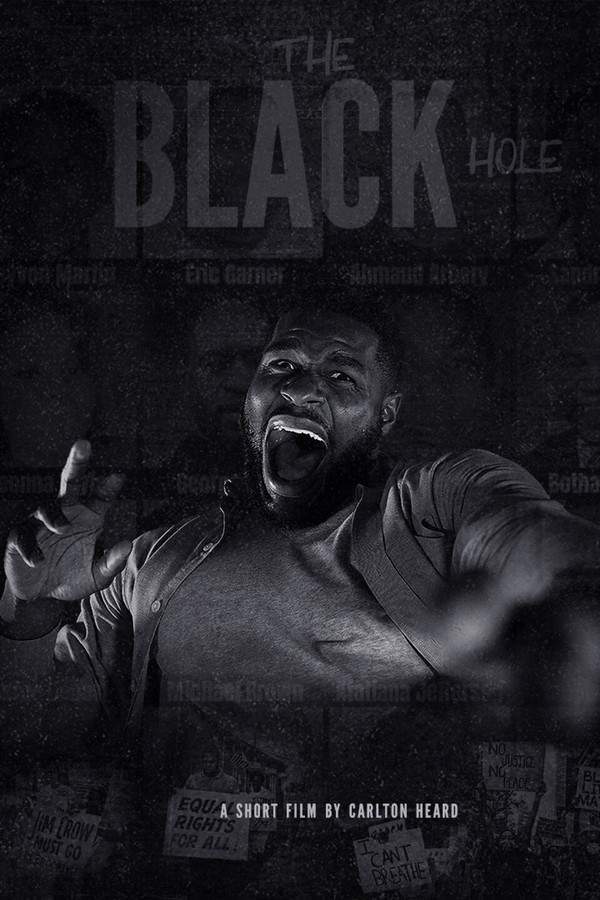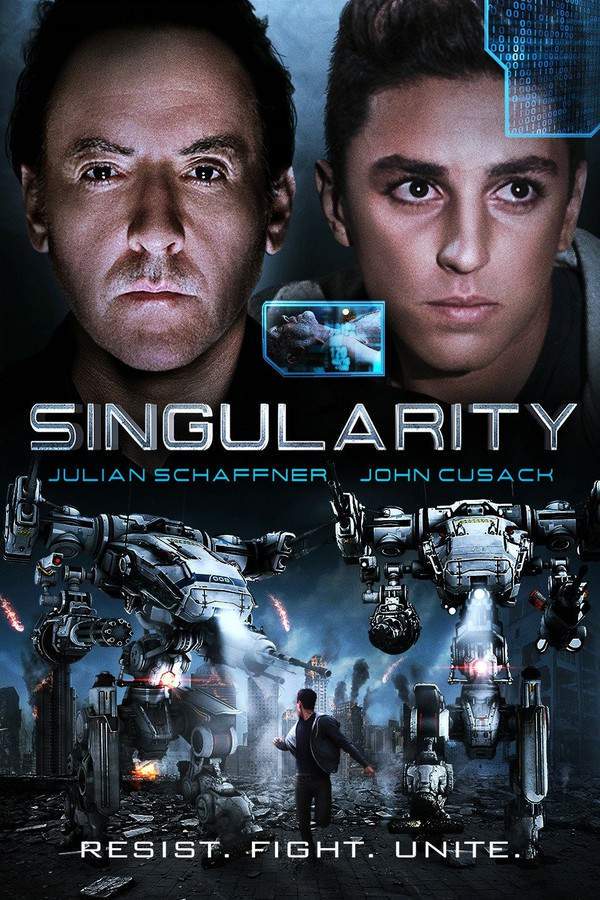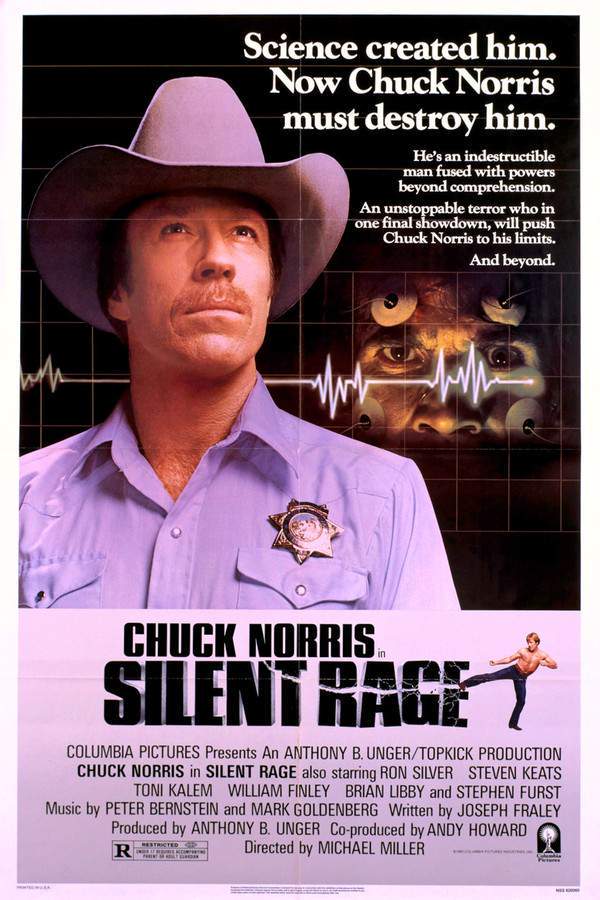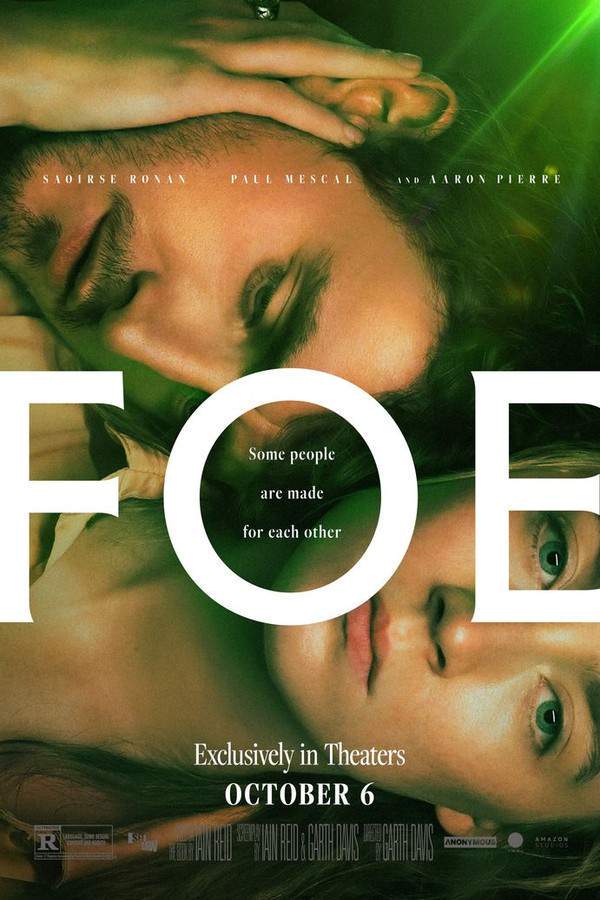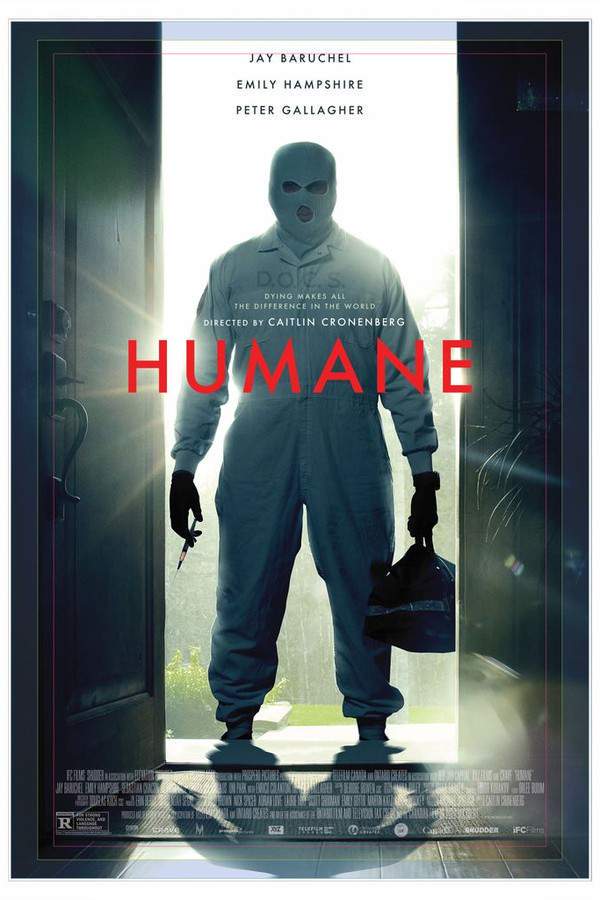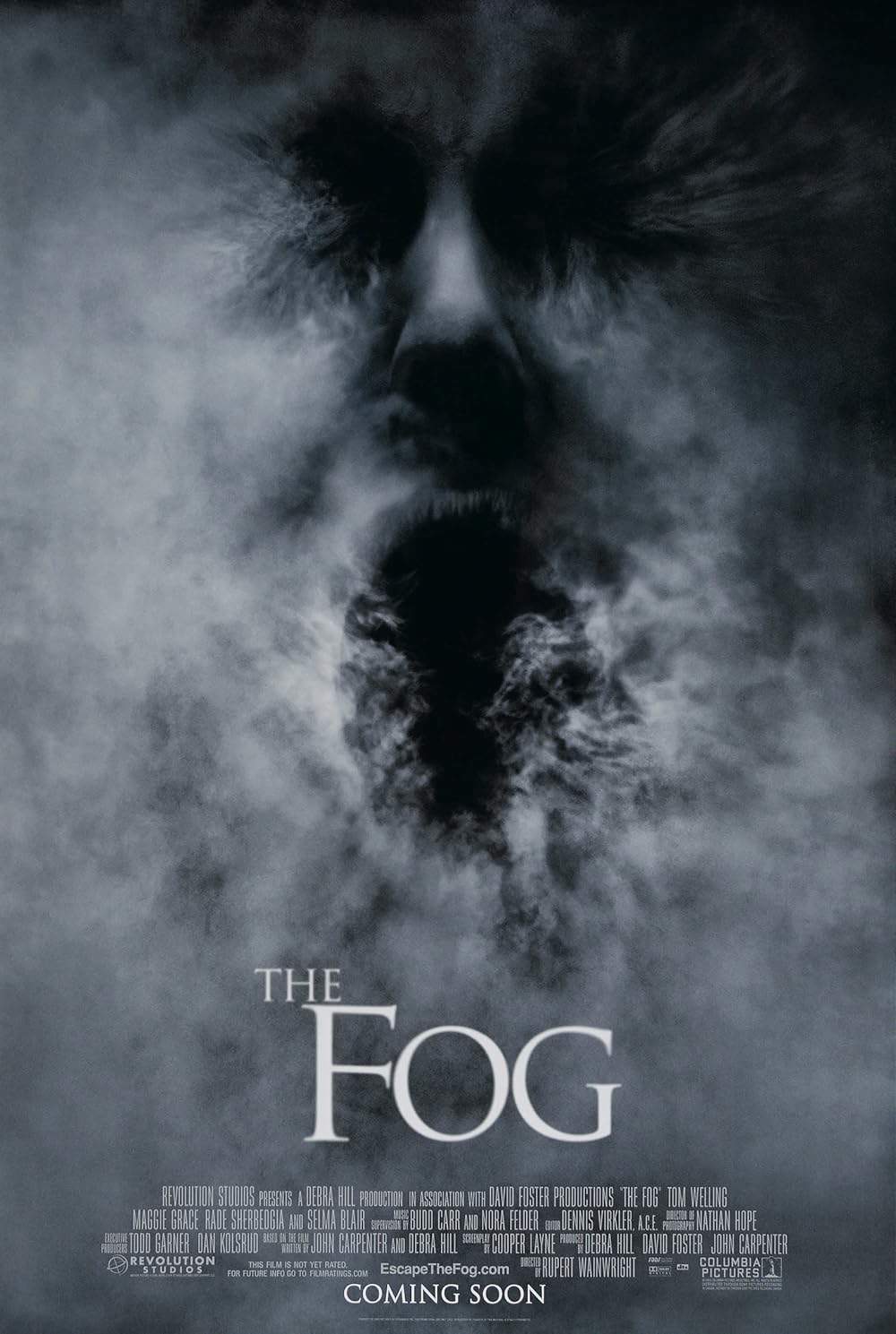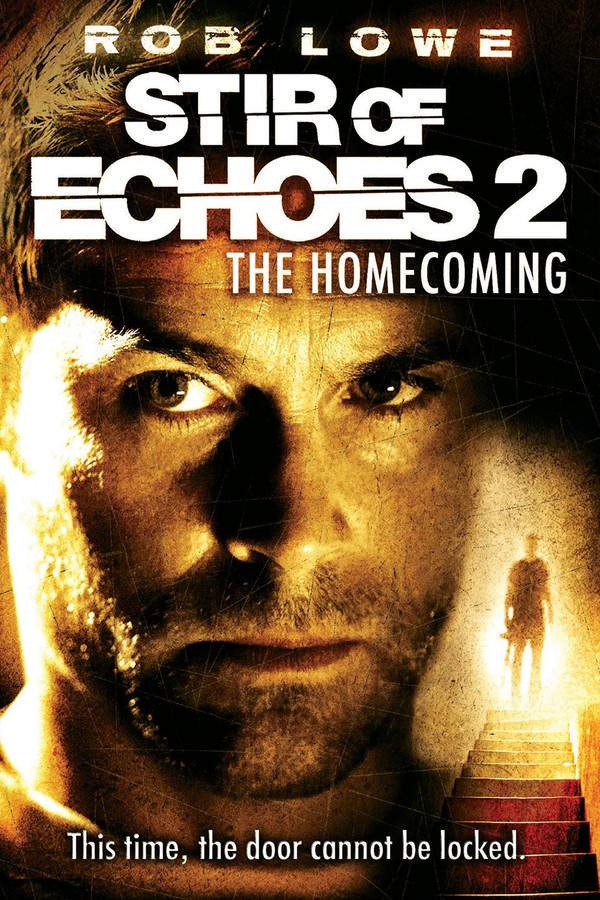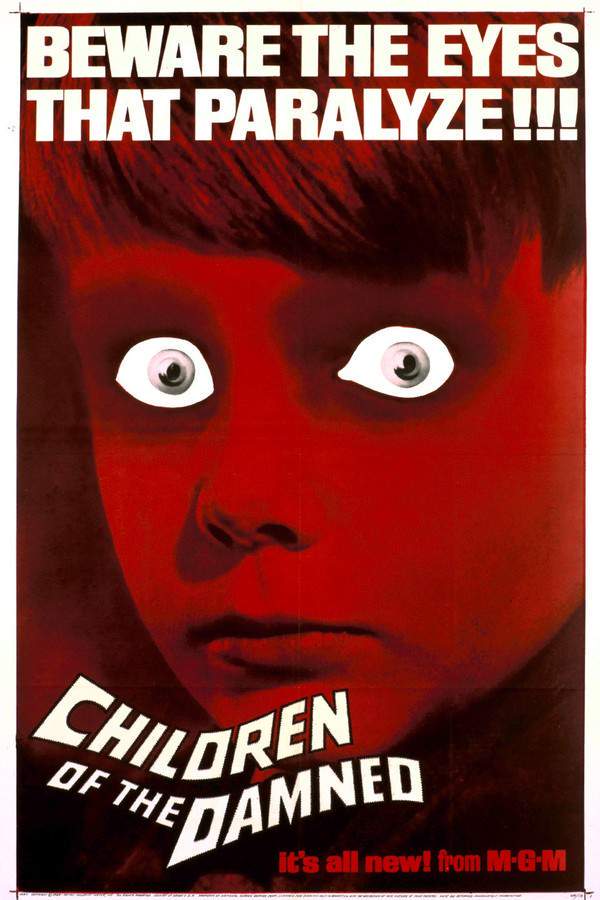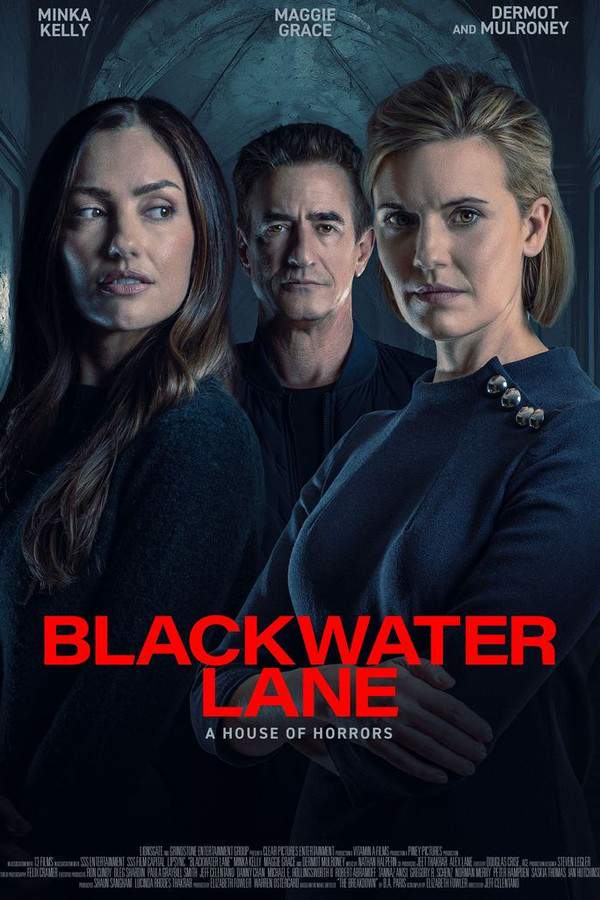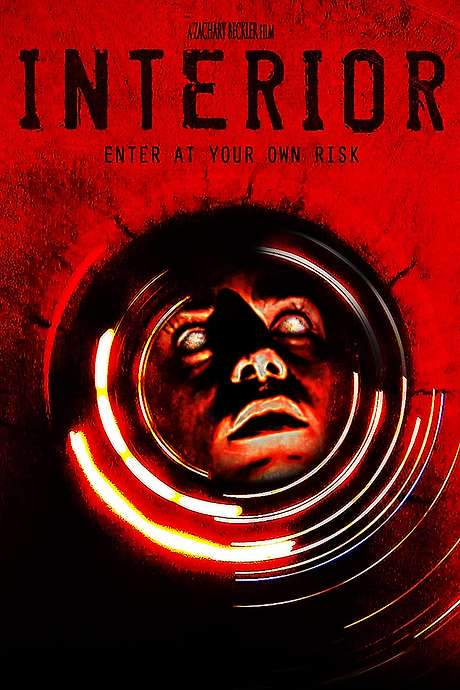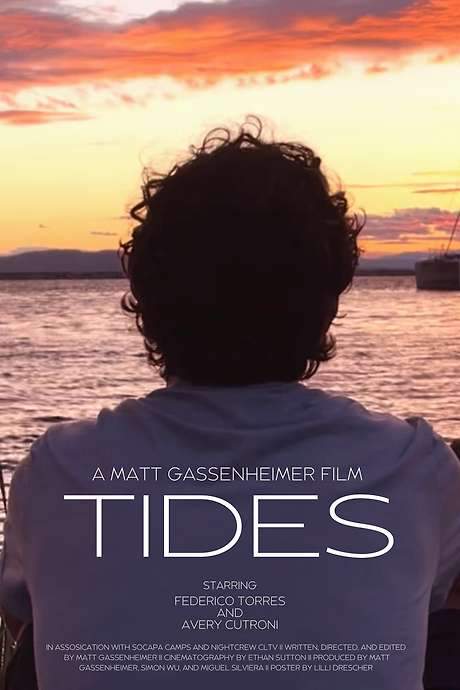
Closer to God
Year: 2014
Runtime: 81 mins
Language: English
Director: Billy Senese
A pioneering scientist achieves a groundbreaking feat by successfully cloning a human being. However, his team's preparations are thrown into disarray when the news of this revolutionary development becomes public prematurely, leading to unforeseen and complicated consequences.
Warning: spoilers below!
Haven’t seen Closer to God yet? This summary contains major spoilers. Bookmark the page, watch the movie, and come back for the full breakdown. If you're ready, scroll on and relive the story!
Closer to God (2014) – Full Plot Summary & Ending Explained
Read the complete plot breakdown of Closer to God (2014), including all key story events, major twists, and the ending explained in detail. Discover what really happened—and what it all means.
Dr. Victor Reed, Jeremy Childs, is a humorlessly dedicated biological scientist who keeps a privately funded genetic laboratory tucked away on a locked floor of a hospital. We first meet him as he delivers Elizabeth, the first infant of her kind, to the world. He reluctantly, and cryptically, announces this breakthrough to the public, refusing to name anyone involved in the baby’s conception or birth besides himself, and resisting any framing that would depict Elizabeth as a normal child. The response is immediate and heated: a media onslaught, moral outrage from religious conservatives who see cloning as an affront to God and nature, and a chorus of observers who point to the tremendous medical promise such science could unlock. The debate is loud, messy, and personal, but the public fury eventually pushes government authorities to begin criminal charges against Reed.
The outcry puts pressure on authorities to press criminal charges against Reed. To protect the baby, he moves Elizabeth from the hospital lab to his gated country estate, where his wife, Claire, is already fed up with his relentless work and neglect of their own family, including their two preschool daughters. The arrangement intensifies tension at home, and the transition is watched with growing concern by Laura, [Emily Landham], the lab assistant who has serious ethical and safety worries about the doctor’s plans for his experimental progeny. The news leaks out from Laura and provokes even more intense scrutiny and protest.
Meanwhile, danger also enters the household in a more personal form. The couple who work there, Mary and Richard, are charged with caring for an older child—an ominous reminder of a less successful, earlier cloning attempt. Kept in barred quarters away from the main building and largely unseen until the end, this older child, Ethan, embodies the unforeseen consequences of hubris in the lab.
As protests mount and the public debate over science intensifies, the hidden danger behind the doors erupts. The older clone, now violent and distorted, finally escapes his confinement and goes on a rampage through the estate, unleashing fear and forcing Reed to confront the ethical price of his pursuit. The climactic reel shakes the household, with law enforcement closing in and the moral line between discovery and responsibility growing increasingly blurred. The story lingers on questions of family, duty, and what it means to push the boundaries of life itself, leaving viewers to ponder how far science should go when curiosity collides with faith, safety, and humanity.
Last Updated: October 03, 2025 at 10:35
Explore Movie Threads
Discover curated groups of movies connected by mood, themes, and story style. Browse collections built around emotion, atmosphere, and narrative focus to easily find films that match what you feel like watching right now.
Science Gone Wrong Thrillers Like Closer to God
Stories where a revolutionary discovery leads to unforeseen and catastrophic consequences.If you liked the ethical tensions and tragic fallout in Closer to God, explore these movies about scientific hubris. These films feature scientists facing the dire consequences of their breakthroughs, blending high-stakes drama with unsettling horror and thriller elements.
Narrative Summary
These narratives typically follow a linear path from a moment of breakthrough triumph into a spiral of escalating crises. The central conflict arises from the creator's failure to anticipate the moral and practical ramifications of their work, often pitting them against public outrage, corporate interference, or the dangerous nature of the creation itself.
Why These Movies?
Movies in this thread share a heavy emotional weight and a tense tone, driven by the central theme of 'playing god.' They explore similar feelings of dread, anxiety, and moral unease, often culminating in ambiguous or bleak endings that leave the ethical questions hauntingly unresolved.
Atmospheric Thrillers with Moral Dread Like Closer to God
Thrillers where a pervasive sense of unease slowly tightens around a moral crisis.Find more movies like Closer to God that master a slow-burn sense of dread. These selections focus on tense, atmospheric stories where characters grapple with heavy moral decisions, creating a consistently anxious and foreboding viewing experience.
Narrative Summary
The narrative pattern involves a gradual accumulation of pressure from multiple fronts—internal guilt, external threats, and collapsing personal relationships. The pacing is steady, avoiding major action set pieces in favor of sustained psychological tension that makes the eventual outbreak of violence feel inevitable and tragic.
Why These Movies?
These films are grouped by their shared mood and tone. They consistently generate an anxious, reflective, and foreboding atmosphere through a combination of thematic weight and deliberate pacing. The experience is defined by a feeling of inescapable consequence closing in.
Unlock the Full Story of Closer to God
Don't stop at just watching — explore Closer to God in full detail. From the complete plot summary and scene-by-scene timeline to character breakdowns, thematic analysis, and a deep dive into the ending — every page helps you truly understand what Closer to God is all about. Plus, discover what's next after the movie.
Closer to God Timeline
Track the full timeline of Closer to God with every major event arranged chronologically. Perfect for decoding non-linear storytelling, flashbacks, or parallel narratives with a clear scene-by-scene breakdown.

Characters, Settings & Themes in Closer to God
Discover the characters, locations, and core themes that shape Closer to God. Get insights into symbolic elements, setting significance, and deeper narrative meaning — ideal for thematic analysis and movie breakdowns.

Closer to God Spoiler-Free Summary
Get a quick, spoiler-free overview of Closer to God that covers the main plot points and key details without revealing any major twists or spoilers. Perfect for those who want to know what to expect before diving in.

More About Closer to God
Visit What's After the Movie to explore more about Closer to God: box office results, cast and crew info, production details, post-credit scenes, and external links — all in one place for movie fans and researchers.




